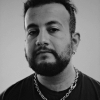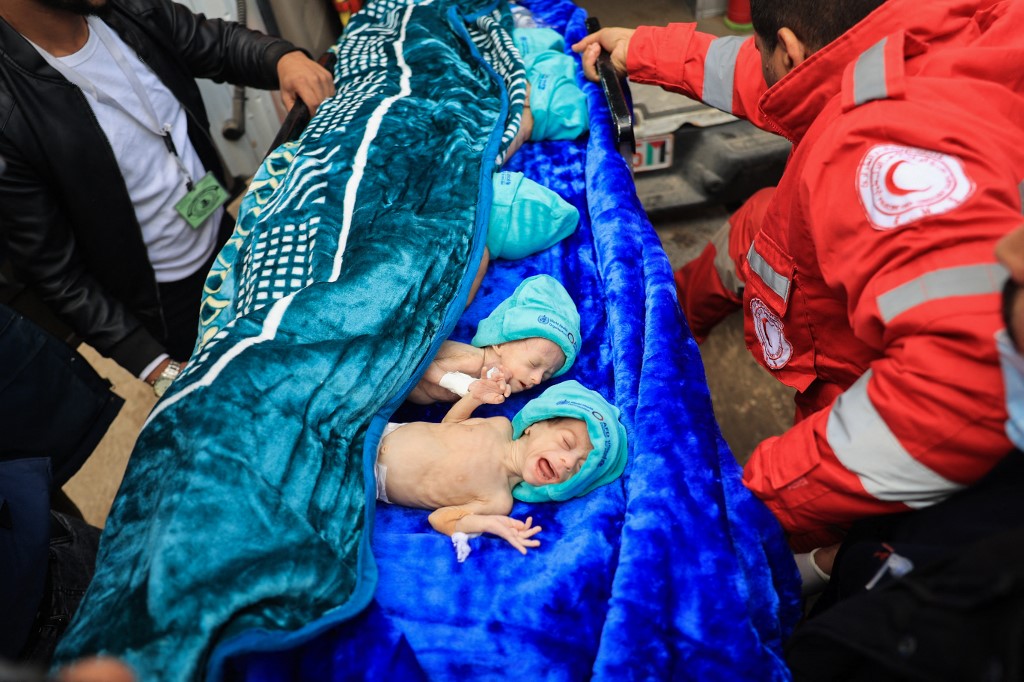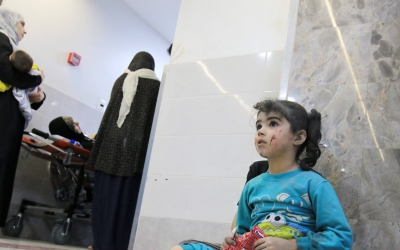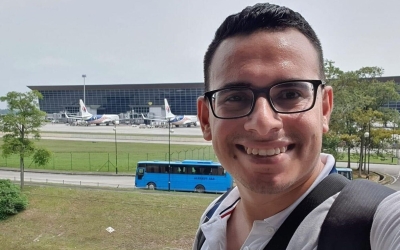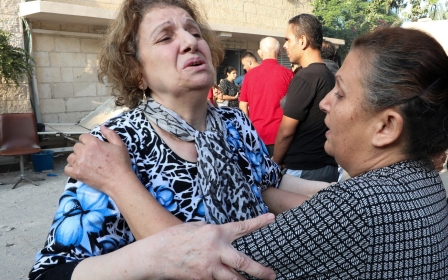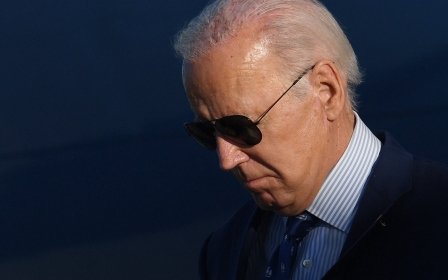Israel-Palestine war: Israel's genocidal violence will last long after the bombs stop
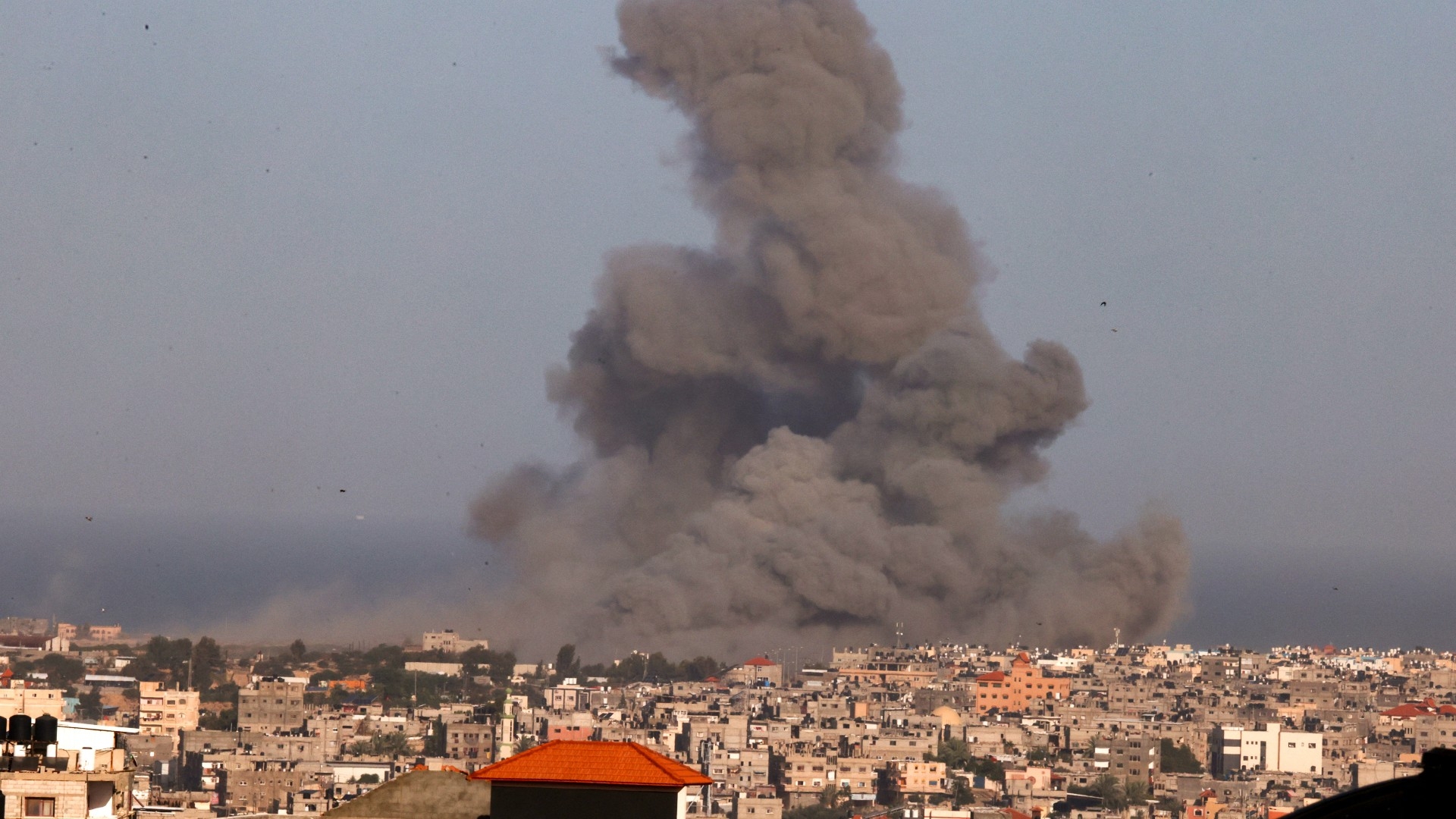
The English word gauze derives from Gaza (Ghazzah). In the 16th century, the port city was a key textile hub known for its skilled weavers. Now, 500 years later, the Red Cross’s chief surgeon has reported that Gaza has no more gauze “to treat patients with severe burns”.
The morbid irony is clear but points to a devastating reality: genocide is measured not only by the number of dead but also by how Israeli occupation pushes the living slowly towards death.
"Every child killed in Gaza today would be alive if we had a ceasefire yesterday,” author Yousef Munayyer recently wrote in a viral tweet.
His harrowing call to action forces us to reckon with the genocidal violence Palestinians face today, emphasising a collective political imperative to demand an immediate ceasefire.
But while Munayyer’s words are true and a ceasefire is of the utmost importance, they don’t tell the whole story.
New MEE newsletter: Jerusalem Dispatch
Sign up to get the latest insights and analysis on Israel-Palestine, alongside Turkey Unpacked and other MEE newsletters
While the world watches in horror as the number of Palestinian martyrs surpasses 14,000, less is said about the more than 33,000 injured by ceaseless air strikes. Broken limbs, amputations, physical trauma, blindness, and other ailments and disabilities that defy the imagination - these are the compounding effects of Israel’s genocidal campaign on the besieged enclave.
More disturbing than the number itself is the complete collapse of Gaza’s healthcare system. Israel’s bombing of all hospitals and total blockade of Gaza have prevented necessities - food, water, electricity, and fuel - from entering the Strip, suffocating medical services and fully preventing doctors from tending to the wounded and saving their lives.
'Slow violence'
For Princeton professor and author Rob Nixon, “slow violence” is a force of “attritional lethality” that occurs “gradually and out of sight, a violence of delayed destruction that is dispersed across time and space”.
This slow violence is the normal modus operandi of the Israeli occupation. Before 7 October, Israel was already controlling how much food entered Gaza down to the exact calorie.
Follow Middle East Eye's live coverage for all the latest on the Israel-Palestine war
Electricity, water, fuel and medical supplies were similarly monitored, debilitating the entire population and slowly moving them towards death.
But as we have seen clearly since 7 October, this slow violence also has different speeds. In her book The Right to Maim, for example, Jasbir Puar observes that the policing of Black people in the United States “showed a definitive tendency to aim for death, often shooting numerous bullets into an unarmed… body - overkill, some might call it”.
Palestinians are currently inhaling carcinogenic fumes that will undoubtedly lead to various forms of aggressive cancers years from now
In Palestine, by contrast, she observes a different logic: the right to maim, “creating injury and maintaining Palestinian populations as perpetually debilitated, and yet alive, in order to control them”.
Israel’s genocidal onslaught on Gaza over the past six weeks shows a clear convergence between several modes of colonial domination, several “speeds” of violence, where fast death, in the form of air strikes (or overkill), overlap with the already established intention to maim and control.
Israeli officials have declared that they are bombing for “damage over accuracy”, with the ultimate goal of annexing the Gaza Strip in continuation of the Nakba. To that end, Israel isn’t only causing extraordinary numbers of deaths of unarmed civilians, but also debilitating and forcibly displacing Palestinians from north to south Gaza to seize control of their land.
But despite the pace of death and dispossession, slow violence in its different forms is also key.
Slow deaths
Take, for instance, the reports from Gaza hospitals that have resorted to performing caesarean sections and amputations without anaesthetic, making it impossible for those patients in the north to evacuate south.
Surgeon Ghassan Abu Sittah chillingly reported that hospitals had run out of blood for transfusions, causing patients to die after surgery, and that those wounded by Israel’s bombing were “no longer being treated for their injuries but are instead being stabilised as best they can”.
The lack of fuel has already killed at least five premature babies and has threatened the lives of dozens more in the neonatal intensive care unit of the besieged al-Shifa Hospital. They faced a slow death as they were taken out of incubators while doctors used tin foil and hot water to keep them warm. On Monday, 28 babies were transported out of Gaza and into Egypt for medical care.
The complete shutoff of basic necessities is also pushing Palestinians to death as they suffer from dysentery after consuming non-potable water and from starvation - a violence that is exponentially more pronounced when paired with the bombing of all bakeries.
More recently, diseases such as cholera are spreading, as an inability to maintain hygiene in crowded refugee camps and a lack of access to clean water are seeing Palestinians die from preventable kidney failure.
As one X user poignantly pointed out, Anne Frank was not killed in Bergen-Belsen's gas chambers but instead by a typhus outbreak that had spread through the concentration camp.
The many instances of pernicious slow violence could fill the pages of a book, but the basic function of it is twofold.
First, to weaken and disable Palestinians and thus continue to kill slowly long after a ceasefire is announced.
Second, to obscure and render invisible Israel’s culpability for the deaths that ultimately result over the course of months and years - if not decades.
Chemical weapons
Since 7 October, Israel has dropped over 30,000 tonnes of explosives along with chemical weapons such as white phosphorus on the 365 square km strip. This means that 2.3 million Palestinians are currently inhaling carcinogenic fumes that will undoubtedly lead to various forms of aggressive cancers years from now.
It is likely to mirror the rate of cancers that plague Vietnam, Nagasaki and Hiroshima to this day.
Dr Hammam Alloh, a kidney specialist at al-Shifa Hospital, was killed on 12 November, alongside his family, including his four- and five-year-old children.
In his last interview before his murder, published by Democracy Now, he was asked why he wouldn’t evacuate south. He replied: “If I go, who will treat my patients?”
Indeed, the murder of doctors and medical staff, a number impossible to calculate as thousands are trapped under the rubble of buildings, is itself a form of slow violence.
Doctors who have been central to their communities are no longer able to provide medical care, leading to more deaths from lack of treatment long after a ceasefire - an absence that is already felt but will continue to be pronounced long after the assault ends.
More than just numbers
One in 200 Palestinians in Gaza have been killed since 7 October. It's often repeated that our martyrs are more than just numbers, but are full universes that have been destroyed in a matter of seconds.
Even though the news cycle and political institutions have dehumanised Palestinian casualties and moved at a breakneck pace to cover the devastation of Gaza, those killed are permanently gone. Siblings, parents, neighbours and more will wear down a grief-stricken population that is already grieving those lost in past Israeli-led assaults.
During the course of this genocide, new horrors have emerged every day. We repeat the mantra that “it can’t get any worse”, yet the entire logic and execution of this genocide ensures that it can only get worse until there is a ceasefire.
The carnage is compounding. The more residential buildings are destroyed, the longer people go without food or water, and the more internally displaced refugees Israel creates, the longer, the faster, and the more pronounced this slow violence will be.
None of the aforementioned examples even consider the slow violence established by the assaults on Gaza in 2008, 2012, 2014, and 2021, the historical violence of 1967, 1956 and 1948, or the daily violence Palestinians face beyond protracted conflict.
This is not to undermine the crucial call for a ceasefire. We must do everything in our power to agitate and demand an end to this genocide.
But understanding the temporalities of genocide, the ways it extends far beyond and before the current apocalypse, makes clear that a ceasefire is not enough. We must demand freedom and an end to the occupation if we hope to bring the slow violence of Israeli colonialism to a screeching halt.
The views expressed in this article belong to the author and do not necessarily reflect the editorial policy of Middle East Eye.
Middle East Eye delivers independent and unrivalled coverage and analysis of the Middle East, North Africa and beyond. To learn more about republishing this content and the associated fees, please fill out this form. More about MEE can be found here.


